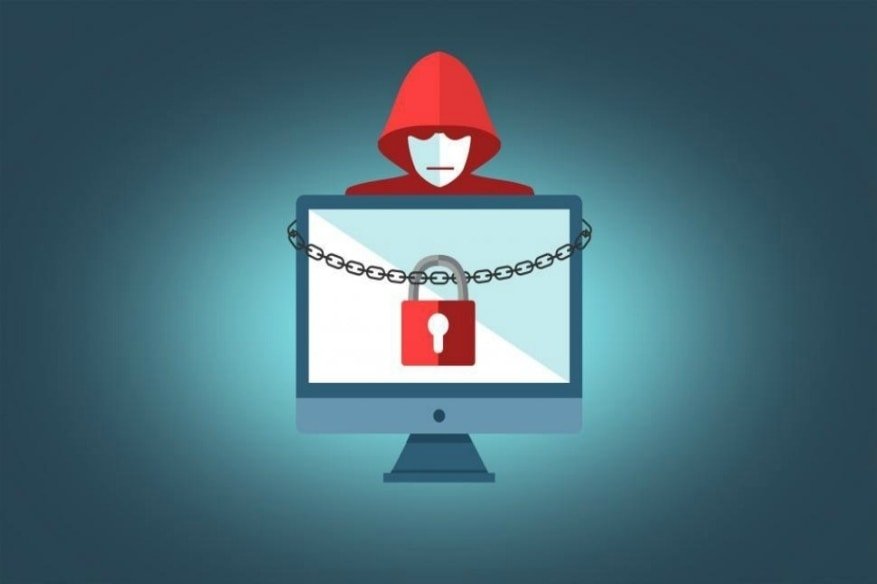How Can We Help?
According to Sophos’s annual Internet Security Threat Report, phishing, malware attacks, and spam reports, are all on the rise across social networks. The analysis as follows:
Malware
A malware attack is a bit of malicious programming which assumes control over a person’s computer with a specific end goal to spread the bug onto the other individuals’ gadgets and profiles. It can likewise spread or transform it into a botnet, which implies the digital criminal can control the PC and utilize it to send malware to others.
Phishing
Phishing assaults are intended to take a person’s login and password so that the digital criminal can take over the control of the victim’s social network, email and online banking details. Seventy percent of the web users pick a similar password for relatively every web service they utilize. This is the reason phishing is so compelling, as the criminal, by utilizing the same login subtle elements, he can get into different private accounts and control them for their own benefit.
Spamming
Spamming is the point at which a cyber-criminal sends messages intended to profit on fake or phony products. Botnets, for example, Rustock, send the dominant part of spam messages, frequently publicizing pharmaceutical items or security software, which individuals trust they have a genuine security issue which in reality doesn’t exist.
